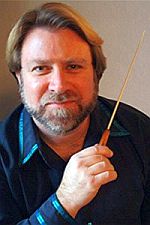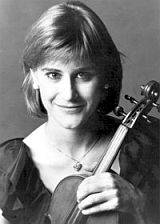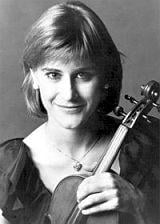
There will be rhythmic motifs. There will be strange harmonies. There will be exotic sounds. Expect sounds from percussion instruments you don’t hear every day at the symphony — tambourine, celesta, and piano as a percussion instrument in the background. There will be brass, lots of brass. There will be unusual combinations of instruments playing together. Bass clarinet and English horn. Bass clarinet and tuba. There will be a lot of work for all the players. There should be a lot of fun.
Many people from that part of the world are Slavic, but there are many others as well. The three composers on this concert are each of a different nationality, and only one of them is Slavic.

Béla Bartók, Hungarian, the Magyar people from the Danube plain. His Dance Suite of 1923 is the roughest, most brutal, and least tunefully catchy of the pieces on offer, but it’s also the most good humored and generally fun-loving. If you know his Miraculous Mandarin, think of that work plus a sense of humor. The six short movements of this suite almost run together. A variety of insanely fast and complex sections alternate with a gentler repeating tune. Then Bartók throws all the previous material together in a potpourri of a finale.
Aram Khatchaturian, Armenian, an ancient people from up in the Caucasus on the borders with Iran and Kurdistan. Khatchaturian’s style of pulsating motifs and gorgeous tunes over fast, dancing rhythms has become so taken for granted that the composer himself has been neglected. His once-popular Violin Concerto of 1940 has spent most of its time in a bottom drawer with the old linen since David Oistrakh, its dedicatee and great champion, died 35 years ago. Now younger violinists are rediscovering it. Claudia Bloom of the Opera San José orchestra will be the soloist at this concert. The slow middle movement is the most sublime Khatchaturian moment, but the lively outer movements have great dazzle.
Leoš Janáček, Moravian, the lesser-known Czech people, from the hills east of Dvořák’s Bohemians, and the Slavic representative at this concert. The opening fanfare of Janáček’s Sinfonietta of 1926 will grab you quickly. Brass and timpani, nothing else. First, supporting harmonies in stark open fifths, then a battery of trumpets declaiming a motif that expands as it repeats. After that, the rest of the orchestra comes in. Listen for the first themes of the second and fourth movements, so similar to each other and so reminiscent of Orff’s Carmina Burana. And wait for the end of the fifth and last movement, when the fanfare returns, verbatim, over towering trills from the rest of the orchestra.

